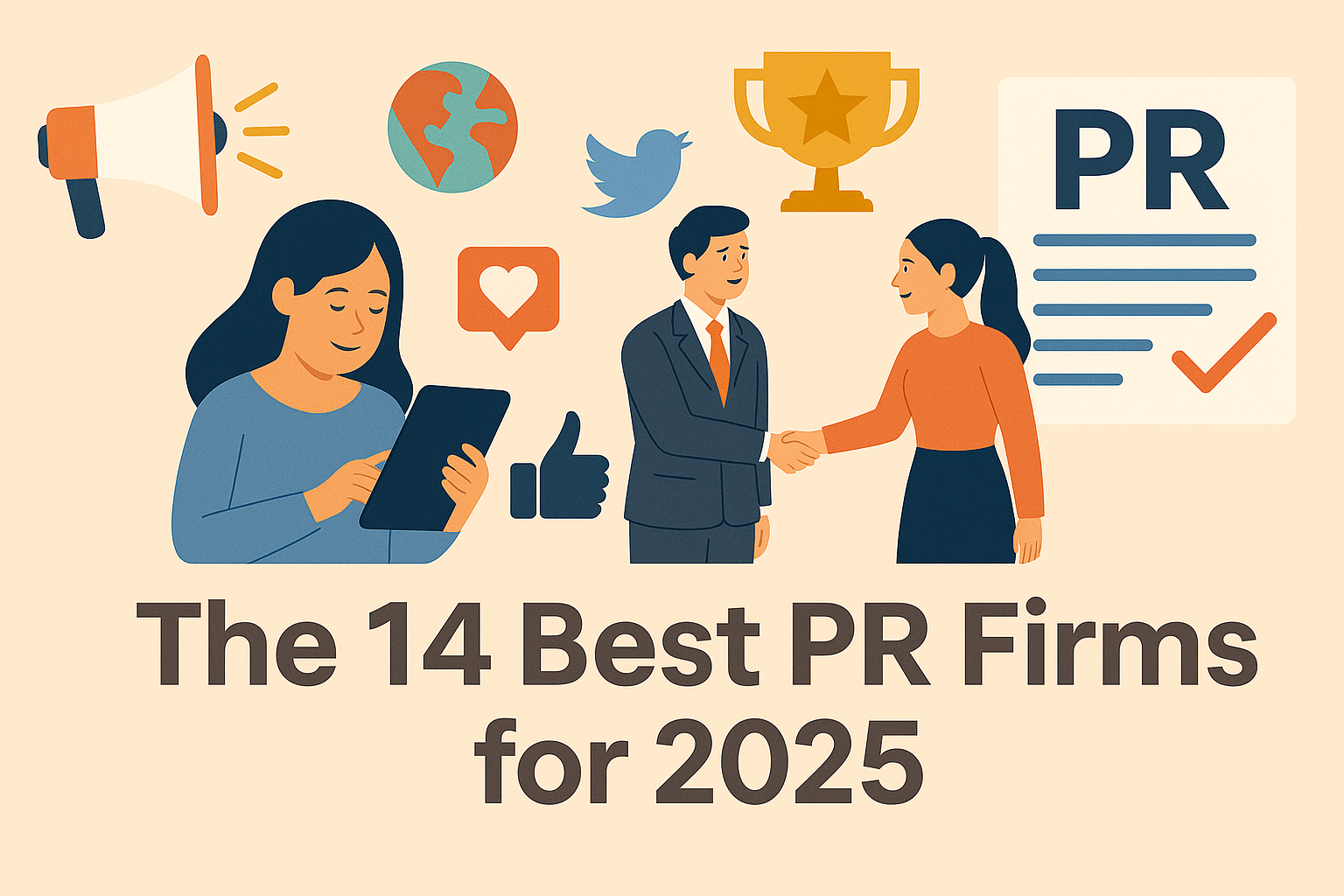Each year, HubSpot releases an annual report on the state of inbound marketing. Their findings are widely used by marketers around the world to set strategy, tweak methodologies and create new tactics. HubSpot enlists the help of a broad marketing community to help gather insights and share the lessons they’ve learned. The research they have compiled in this year’s report — their 5th annual — uncovered several interesting and surprising facts about inbound marketing. Here are excerpts highlighting the ones we found most interesting:
Inbound marketing has achieved a majority market share
The majority of marketers have embraced inbound strategies. In 2013, 60% of companies have adopted some element of the inbound methodology into their overall strategy.
Amid rapid growth, some marketers still struggle to define “inbound marketing”
According to our survey results, the industry still suffers from some educational gaps. While the rapid growth we have witnessed to date is impressive – 60% of marketers have currently adopted inbound strategies – there is still room for growth, as an additional 19% of marketers are unsure whether to characterize their marketing activities as “inbound”. As the industry matures, and more marketers become educated on the inbound methodology, we expect this confusion to abate.
Executives and sales functions not quite buying in to inbound marketing
While most marketers say they do inbound, when it comes to allocating resources, only 17% of sales teams and 11% of company executives lend their full support to inbound marketing efforts. To ensure inbound marketing’s long-term success, it needs to move beyond a marketing focused tactic and gain larger support and endorsement company-wide.
B2C companies are slightly more concerned with reaching the right customers than are B2B companies
This data makes sense in light of consumer-facing marketers’ keen customer emphasis, as B2C companies were 20% more likely to be customer-focused than their B2B counterparts. Reaching the right audience is a primary concern internationally. More than 23% of international respondents report this metric to be the top priority, followed by converting leads to customers and increasing lead volume, with 22% and 21% of the responses, respectively.
We are in the midst of a growth spurt
Inbound outpaces traditional lead generation in both lead production and spending: Forty-eight percent of marketers plan to increase their inbound marketing spending this year – the third year in a row that inbound budgets are increasing at or near a 50% pace. Executives lead this strong growth, as 53% of CEOs and CMOs increased their 2013 inbound marketing budgets.
(No surprise here!) Social media, SEO, and blogs rank as the top channels to watch in the coming years
Social media and SEO each contribute 14% of marketers’ total pipeline in 2013. According to marketers, SEO and social media also lead in sales conversions, netting 15% and 13% above average conversion rates in 2013, respectively, while accounting for a combined 23% of all inbound budgets. An additional 21% of marketers report that social media has become more important to their company over the past six months.
If you have questions about how inbound marketing can help your company, contact the Zen Media Group and we’ll get you answers.
Information Source:







